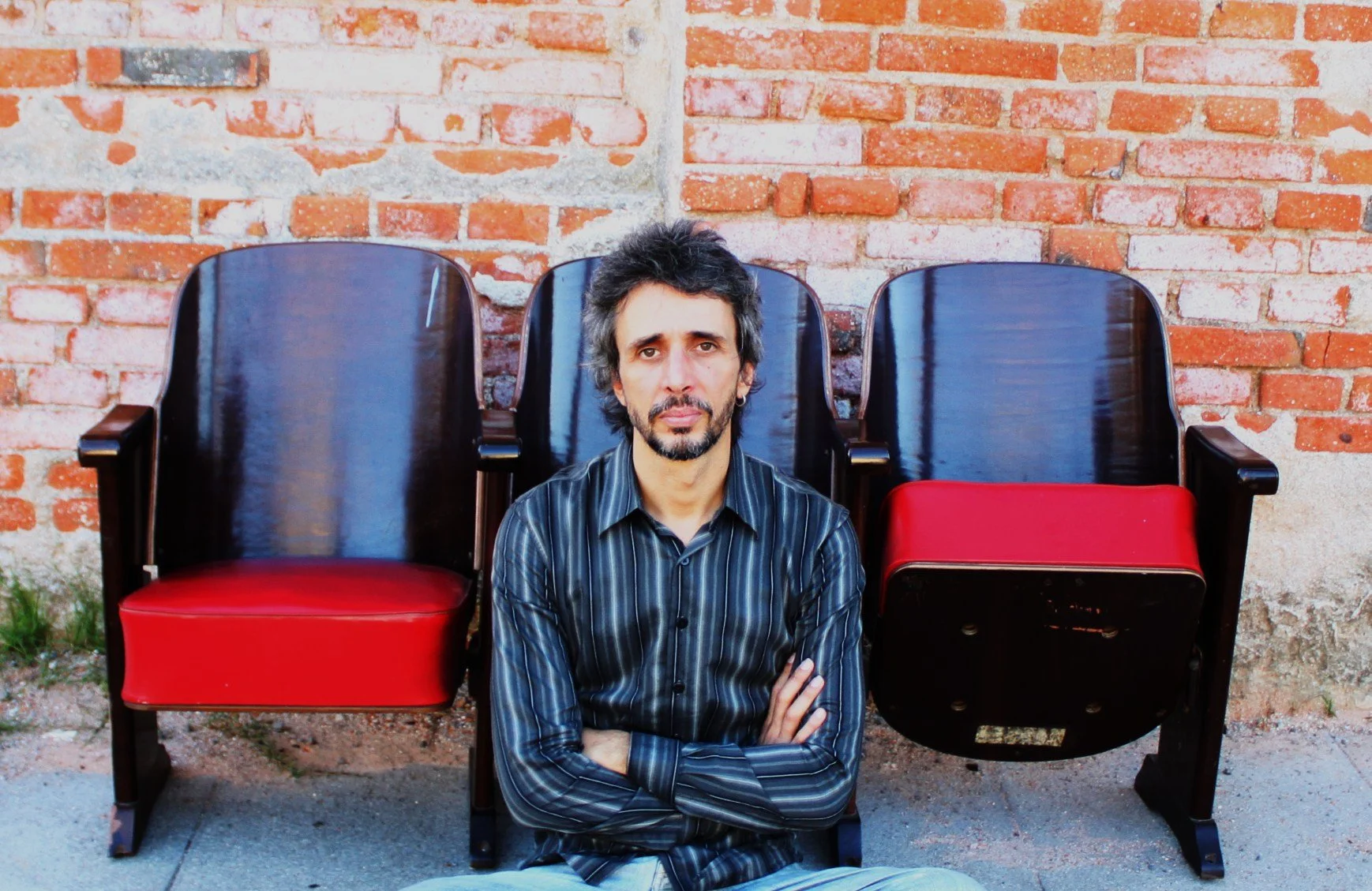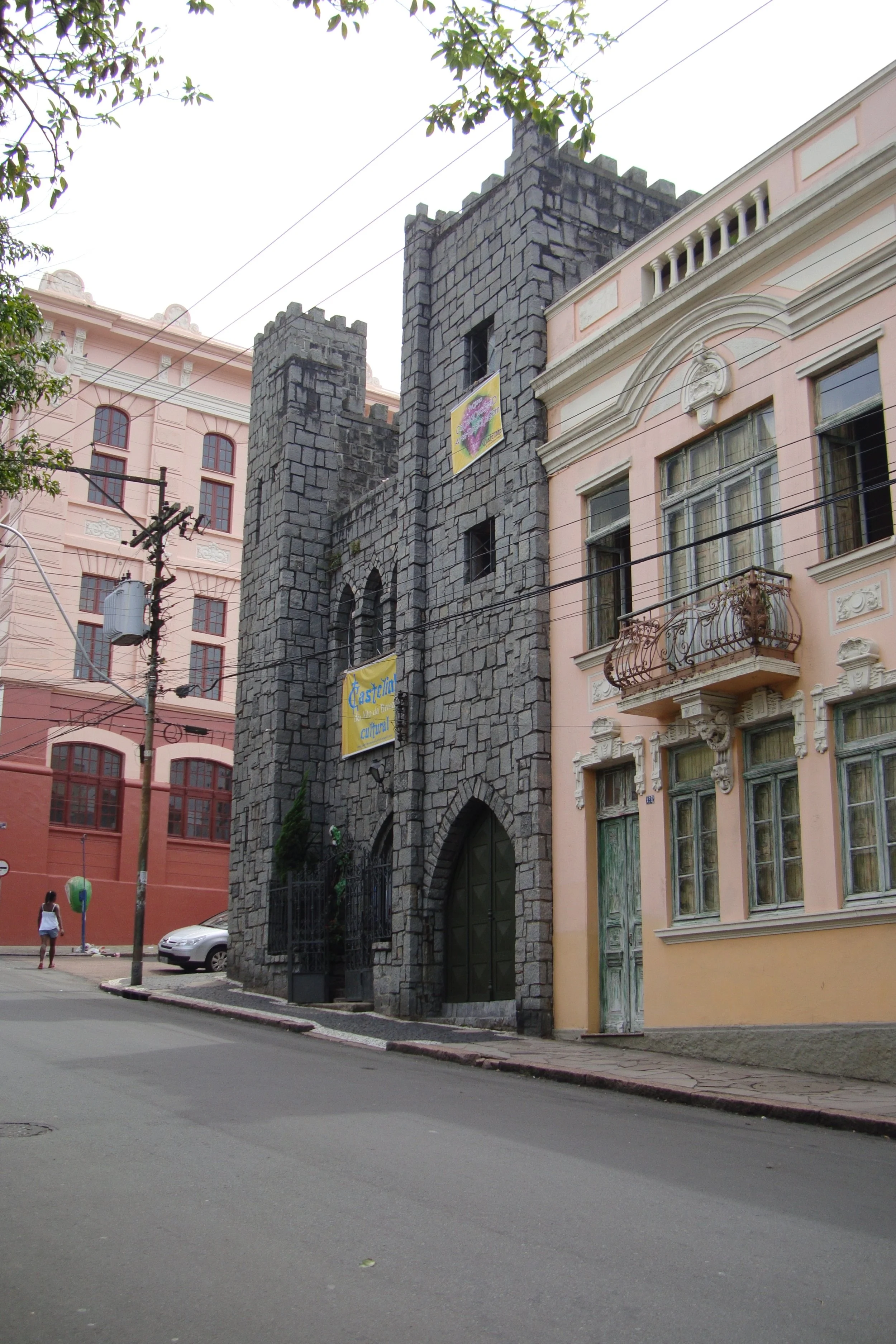“Ramilonga” by Vitor Ramil (1997)
Source: Ana Ruth Miranda/Cultura RS, CC BY-SA 3.0 <https://creativecommons.org/licenses/by-sa/3.0>, via Wikimedia Commons
Vitor Ramil (born April 7, 1962) is the younger brother of musicians Kleiton & Kledir. This song is the first of eleven tracks on his fifth album, “Ramilonga - A Estética do Frio” (“Ramilonga - The Aesthetics of Cold”). “Ramilonga” is a portmanteau of the singer’s name and “milonga,” a musical genre typical of southern Brazil. The brilliance of this milestone album is summed up this way on Portuguese Wikipedia:
On "Ramilonga – A Estética do Frio", Vitor unveils the seven cities of the milonga (a rhythm common to Rio Grande do Sul, Uruguay, and Argentina): Discipline, Profundity, Clarity, Concision, Purity, Levity, and Melancholy. Through them the poetry of the eleven “ramilongas” covers the regional gaúcho imaginary mixing the gaúcho jargon of rural people with the colloquial speech of the urban centers. The reflection on the identity of those who live in the extreme south of Brazil starts with the rejection of the gaúcho stereotype; the strong singing gives way to a sophisticated and smooth expressiveness; conventional instruments are replaced with others, like those from India and Africa, never before united in this musical genre.
“Ramilonga”
It’s raining on a cold Porto Alegre afternoon
I carry the green of the chimarrão alone
I watch daily life, I know that I’ll leave
Never again, never again
The music of the city arrives in waves
I also transform myself into a song
Milonga airs go and carry me
Around, around
I fly over the roofs of Bela Vista
I’ll lose myself in the Stone Farmstead
Nights in Rio Branco, afternoons in Bom Fim
Never again, never again
The traffic in an intense panic anticipates the night
Scratching stars on the bronze of a storm
Milonga airs go and carry me
Around, around
The umbrella tango in the Praça XV*
Brings elegance to the steps of the multitude
Sad wandering photographers,** this side and that side of time
Never again, never again
From the top of the tower the river water is clean
Lake Guaíba deserted, boats that aren’t
Milonga airs go and carry me
Around, around
Wet streets, streets of lilac flower
Streets of a nocturnal anarchist
Streets of Armando, streets of Quintana
Never again, never again
From the Alto da Bronze** I head to the Lower City
After the streets, beaches, and hills
Airs of milonga go and carry me
Around, around
Vague vision of a voyage and evidence of vanity***
Of those who discover the way that I went
Airs of milonga over Porto Alegre
Nothing more, nothing more
*Refers to the Praça XV de Novembro (“November 15th Plaza”) in the center of Porto Alegre, which dates to the early 19th Century and is named for the day the Republic was proclaimed in Brazil.
**My original interpretation of lambe-lambe here was that it referred to wheat-paste posters, which are all over Porto Alegre announcing events and promoting political agendas. A dear friend pointed out it was probably the wandering street photographers in the center of the city. Interestingly, lambe-lambe can also refer to a miniature puppet theater, which would also work here. But I think my friend was right.
***There’s a strange little medieval castle in the center of Porto Alegre called the Castelinho do Alto do Bronze (below).
****I tried to capture all the “V” sounds of the original “Vaga visão viajo e antevejo a inveja” - which translates more literally as “Vague vision I travel and foresee jealousy” - rather than provide a more direct translation. The original then melds straight into the next line: “jealousy of the one who discovers…”
Source: Eugenio Hansen, OFS, CC BY-SA 3.0 <https://creativecommons.org/licenses/by-sa/3.0>, via Wikimedia Commons

